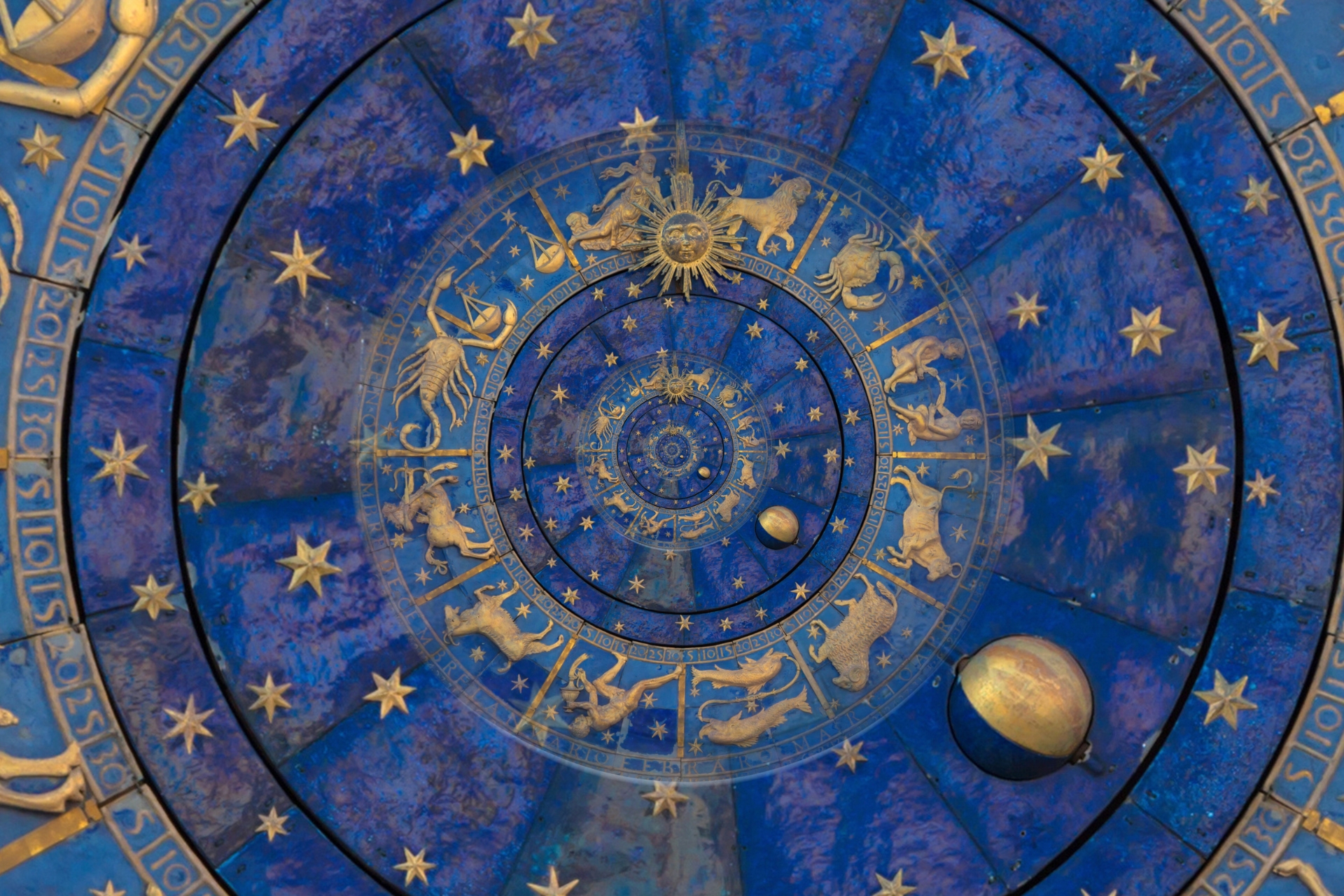
by Dylan Rae
Content writer
Most of us know our sign of the Zodiac and have heard of the three major forms of astrology, Western, Vedic and Chinese.
However, you may not know there are a mind-boggling number of other traditions and branches of astrology practiced around the world. In fact, Horoscope.com counted over 80 branches of astrology in use today!
We’ve journeyed across the cosmos to chart 10 different types of astrological traditions & practices you need to know about.
1. Western Astrology
The most popular form of astrology, based on ancient teachings from both Helenistic and Babylonian traditions outlined in Ptolemy’s Tetrabiblos, written in the 2nd century AD.
When we consult our favorite publications for a ‘Daily Horoscope,’ we are actually engaging in Western Astrological analysis!
Western Astrology is rooted in the ‘Tropical Zodiac,’ which maintains that the constellations are fixed and represent symbols and archetypes prevalent in our culture.
Much of our current understanding about astrological phenomena – such as houses, conjunctions, trines, and the like – are based in Western Astrological ideology.

2. Vedic Astrology
Jyotisha is Hindu Astrology, more recently called Vedic Astrology, and is an ancient form of astrology rooted in the Vedas, the oldest known Hindu texts.
Unlike Western Astrology, Vedic Astrology uses what is called the ‘Sidereal Zodiac,’ in which stars and constellations are considered in motion and astrologers reflect this change in their astrological analyses.
Vedic Astrology maps the position of the planets and stars and believes them to be a direct reflection of a person’s karma for both this life and past lives.
Based on this karmic-astrological relationship, Vedic astrologers can tell you about important lessons you might need to learn in this life and other potential hardships.
And because Vedic Astrology accounts for astronomical shifts, it is likely your natal chart as described by Western Astrology will look a lot different.
Here is a list of the 12 Sun signs in Vedic Astrology and their corresponding dates.
Consider what these different placements might mean for you!

3. Chinese Astrology
Chinese Astrology was popularized in the 2nd Century BC during the Han dynasty’s reign.
There are five central planets associated with Chinese Astrology, used to delineate 5 different elements: Metal (Venus), Wood (Jupiter), Water (Mercury), Fire (Mars) and Earth (Saturn).
Additionally, Yin and Yang are paired with an element to comprise the astrology of a certain year.
For example, if the year ends with a 3, in Chinese Astrology, it represents Yin Water.
Once astrologers have the elemental and yin/yang associated with the year, they assign an animal to that year.
The assigned animal will reflect the traits of anyone born within this year, as well as the collective mood and major happenings.
Curious about your Chinese astrological sign and what it means for you?
Check out this helpful guide.

4. Mundane Astrology
Samhita (or Mundane) Astrology is much more concerned with the major events of the world than an individual’s birth chart.
The astrologers use the constellations as a form of divination to map out earthquakes, political events, wars, financial troubles, and other major happenings.
5. Electional Astrology
Muhurt (or Electional/Katarchic) Astrology is a type of event astrology and focuses on mapping out the most opportune times to initiate an activity.
Astrologers will look at positioning of the stars to best understand when a certain action will be best supported by them.
6. Horary Astrology
Horary Astrology is another more obscure form of astrology in which someone asks the astrologer a question, and the astrologer projects a chart based on the timing of this question.
Answers are given based on the astrologer’s analysis of the resulting chart, and corresponding Houses are divided up by what is called the ‘Regiomantus’ house system to look at all sides of the question, which is a fancy way of saying the that the celestial sphere is divided into equal parts.
7. Mayan Astrology
Mesoamerican (or Mayan) Astrology is a form of astrology prominent in the ancient Mayan culture which bases its sign system off of a unique, 260 day cyclical calendar called ‘Tzolk’in.’
Tzolk’in is a guidance system for the individual, as each day has a unique energy combination that reveals insight about your spiritual evolution.
Each 20 day cycle in the Tzolk’in calendar is represented by a symbol from Mayan culture, ranging from the ‘Crocodile,’ first in the cycle, to ‘Light,’ last in the cycle.
These are the Mayan Day signs.
There is also a corresponding 13 day cycle represented by corresponding cultural images; these are called the ‘Trecana’ signs.
Curious about your Mayan Day and Trecana signs and what they might say about you? Calculate them here!

9. Helenistic Astrology
Helenistic Astrology first made its appearance in Ancient Egypt in the late 2nd or early 1st century BCE.
Often considered a cross between Western and Vedic Astrologies, it subscribes to the Tropical Zodiac system but was conceived during a time when the Sidereal and Tropical systems were in sync.
Helenistic Astrology also takes into consideration whether individuals were born with the sun above or below the horizon, and has some differing interpretations of the Zodiac Houses than that of Western Astrology.
As we have yet to fully unearth and interpret ancient Egyptian and Greek texts describing the Helenistic practices, these practices have yet to be fully assimilated and evaluated by professional astrologers.

10. Esoteric Astrology
Esoteric Astrology is a highly spiritual form of astrology that focuses on the reasons why your soul is here, and why all things have manifested in the ways that they have.
Developed by Alice Bailey in 1951, Esoteric Astrology subscribes to the Seven Rays belief system in order to aid the soul in its evolution through consciousness.
The Seven Rays are Divine creation themselves and fundamental energies that exist through all that is and has been and will be manifested.
This practice also features different planet rulership than conventional astrology and associates them with corresponding Rays in order to paint a comprehensive picture of the soul’s journey.



